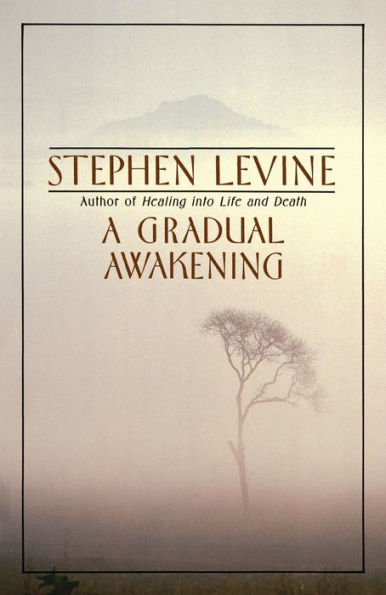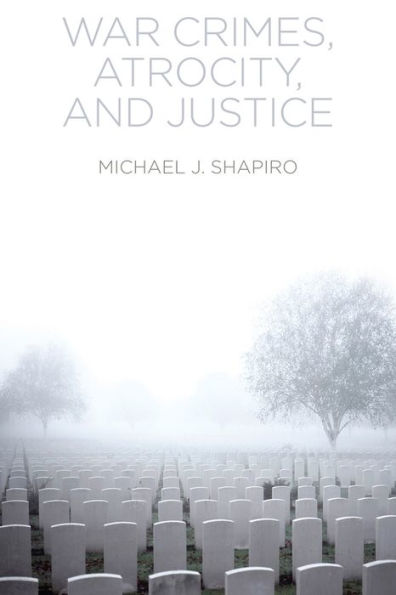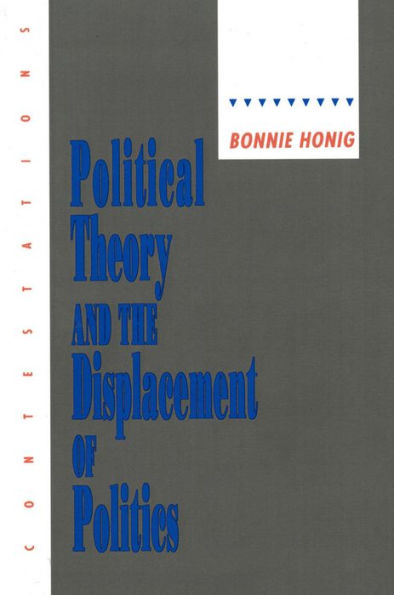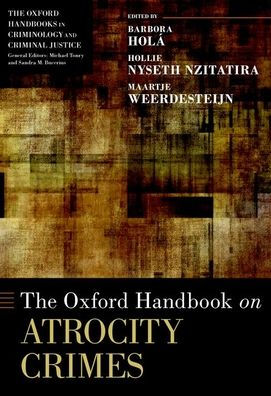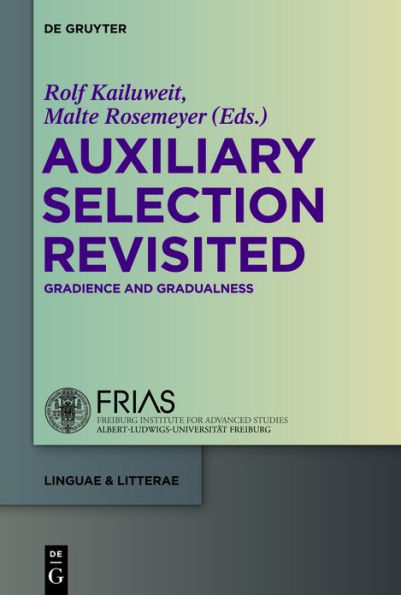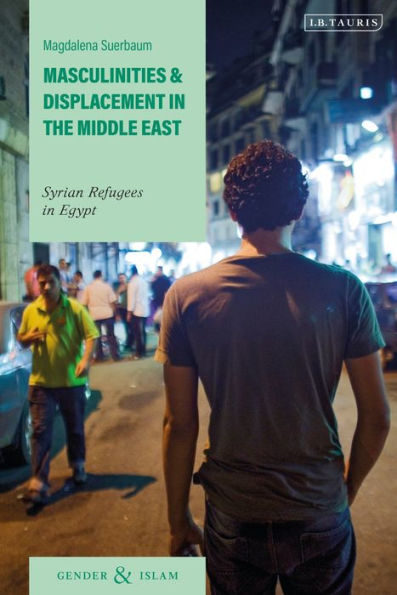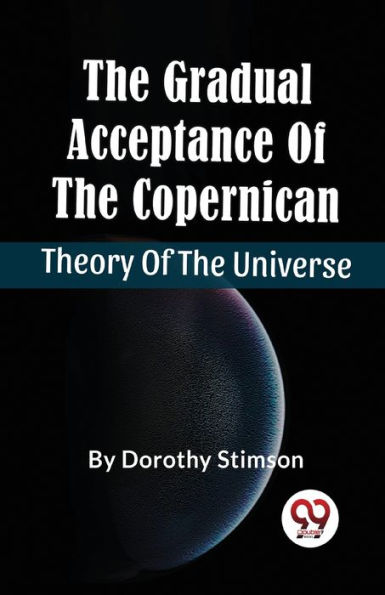Home
Destroy Them Gradually: Displacement as Atrocity
Barnes and Noble
Destroy Them Gradually: Displacement as Atrocity
Current price: $92.95
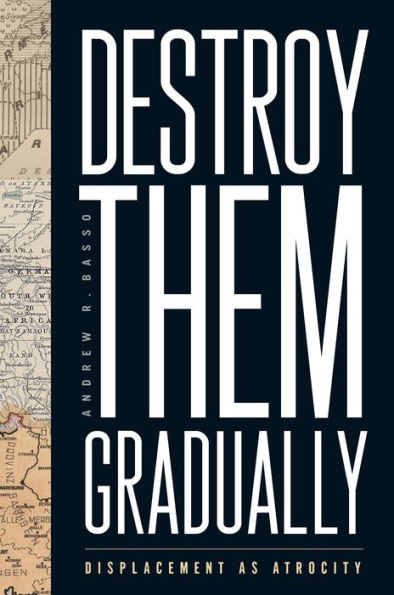

Barnes and Noble
Destroy Them Gradually: Displacement as Atrocity
Current price: $92.95
Size: Hardcover
Loading Inventory...
*Product information may vary - to confirm product availability, pricing, shipping and return information please contact Barnes and Noble
Perpetrators of mass atrocities have used displacement to transport victims to killing sites or extermination camps to transfer victims to sites of forced labor and attrition, to ethnically homogenize regions by moving victims out of their homes and lands, and to destroy populations by depriving them of vital daily needs. Displacement has been treated as a corollary practice to crimes committed, not a central aspect of their perpetration.
Destroying Them Gradually
examines four cases that illuminate why perpetrators have destroyed populations using displacement policies: Germany’s genocide of the Herero (1904-1908); Ottoman genocides of Christian minorities (1914-1925); expulsions of Germans from East/Central Europe (1943-1952); and climate violence (twenty-first century). Because displacement has been typically framed as a secondary aspect of mass atrocities, existing scholarship overlooks how perpetrators use it as a means of executing destruction rather than a vehicle for moving people to a specific location to commit atrocities.
Destroying Them Gradually
examines four cases that illuminate why perpetrators have destroyed populations using displacement policies: Germany’s genocide of the Herero (1904-1908); Ottoman genocides of Christian minorities (1914-1925); expulsions of Germans from East/Central Europe (1943-1952); and climate violence (twenty-first century). Because displacement has been typically framed as a secondary aspect of mass atrocities, existing scholarship overlooks how perpetrators use it as a means of executing destruction rather than a vehicle for moving people to a specific location to commit atrocities.

